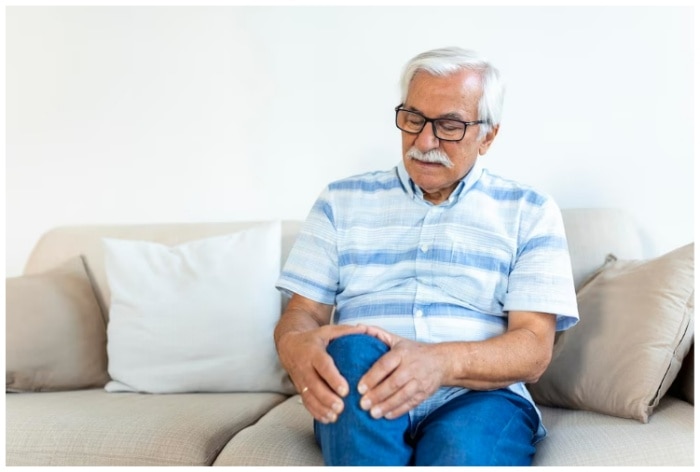Addressing foot and ankle conditions in the elders is of paramount importance to maintain mobility and ensure a good quality of life.
The ageing process brings with it a range of challenges, including the potential development of foot and ankle conditions. These conditions can significantly impact the quality of life for the elderly, affecting mobility and overall well-being. Understanding the symptoms, causes, early indications, and available treatments for these conditions is crucial for both individuals and caregivers to ensure optimal foot and ankle health in the elders.
Symptoms of Low Bone Density
- Pain and Discomfort: The onset of pain, discomfort, or tenderness in the feet and ankles can indicate underlying conditions, ranging from arthritis to nerve compression.
- Swelling: Edema or swelling in the ankles and feet may be a sign of circulatory issues or heart problems, requiring prompt attention.
- Limited Range of Motion: Difficulty in moving the foot or ankle as freely as before could be due to joint deterioration, ligament stiffness, or inflammation.
- Deformities: Bunions, hammertoes, and other deformities become more common as individuals age, often leading to pain and discomfort.
- Skin Changes: Aging skin is more susceptible to dryness, cracking, and skin disorders, potentially leading to infections if not managed properly.
- Mild Discomfort: Initial discomfort or aching in the feet and ankles that are not necessarily tied to a specific injury or activity.
- Stiffness: Gradual loss of flexibility and range of motion in the joints, making daily activities challenging.
- Changes in Foot Shape: The development of bunions, hammertoes, or flat feet that weren’t present before.
- Skin Issues: Dry, cracked, or thinning skin on the feet and ankles, increasing the risk of infections.
- Fatigue: Feeling tired or experiencing pain after short periods of walking or standing.
Causes
- Degenerative Changes: Over time, natural wear and tear can lead to the breakdown of cartilage and joint tissues, causing conditions like osteoarthritis.
- Reduced Blood Flow: Aging can lead to reduced blood circulation, increasing the risk of conditions like peripheral artery disease (PAD) and contributing to slower wound healing.
- Nerve Compression: Conditions such as Morton’s neuroma can cause nerve compression, resulting in pain, numbness, and tingling sensations.
- Bone Density Loss: Osteoporosis can weaken bones, making them more susceptible to fractures and stress injuries in the feet and ankles.
- Footwear and Biomechanics: Ill-fitting shoes, lack of arch support, and improper gait patterns can contribute to foot and ankle problems over time.
Addressing foot and ankle conditions in the elders is of paramount importance to maintain mobility and ensure a good quality of life. Recognising the symptoms, understanding the causes, and identifying early indications can empower people to seek timely interventions. With appropriate treatments, lifestyle adjustments, and preventive measures, it is possible to alleviate pain, improve mobility, and promote overall foot and ankle health as one embraces the journey of ageing.
Published Date: September 2, 2023 6:17 PM IST
–>
–>
